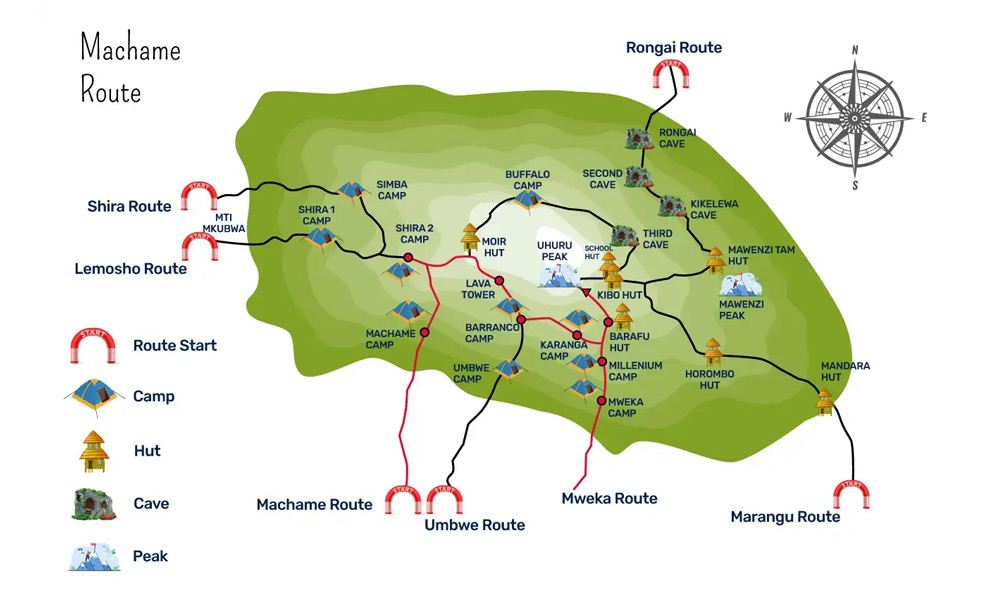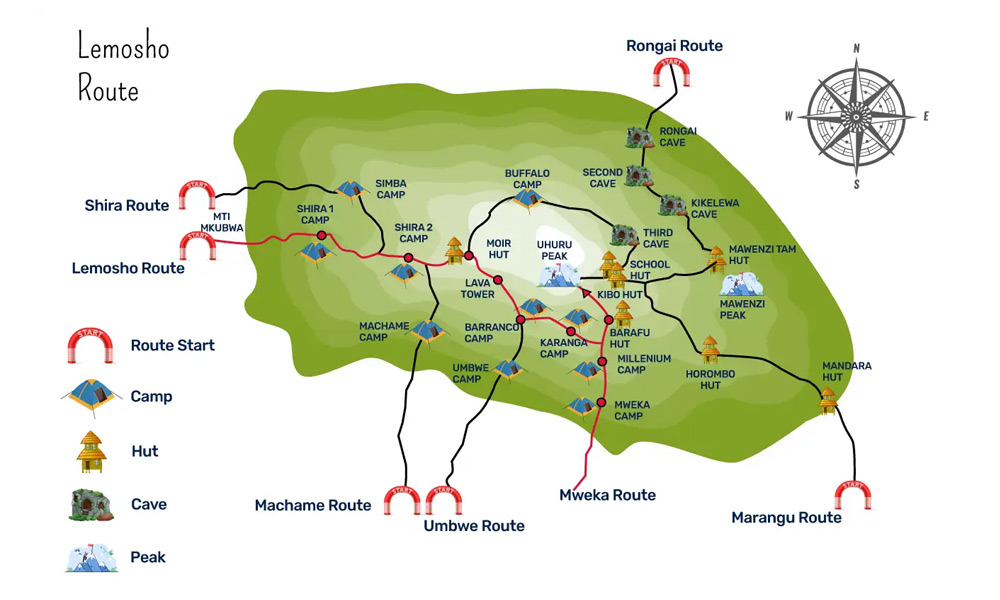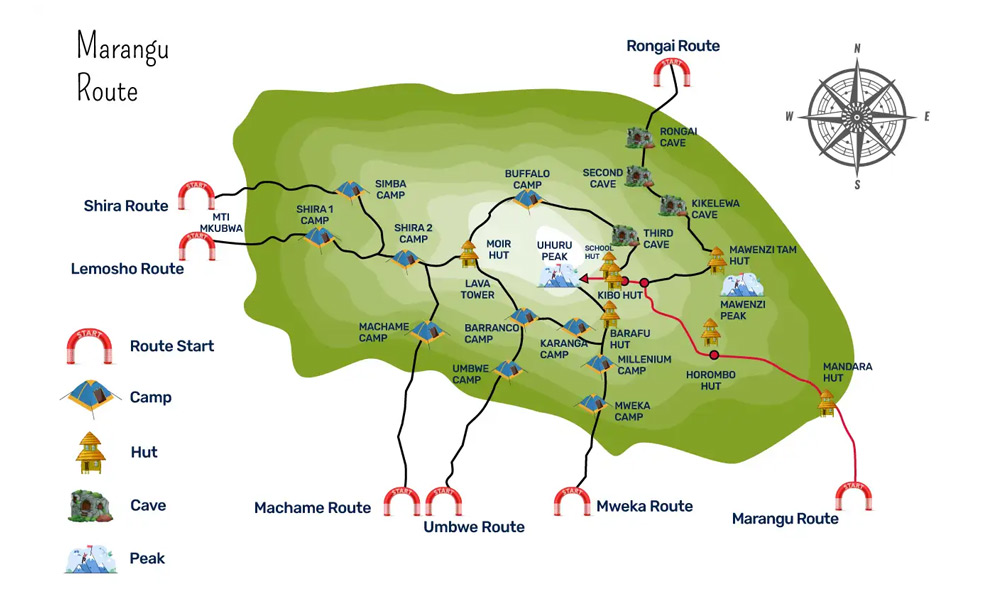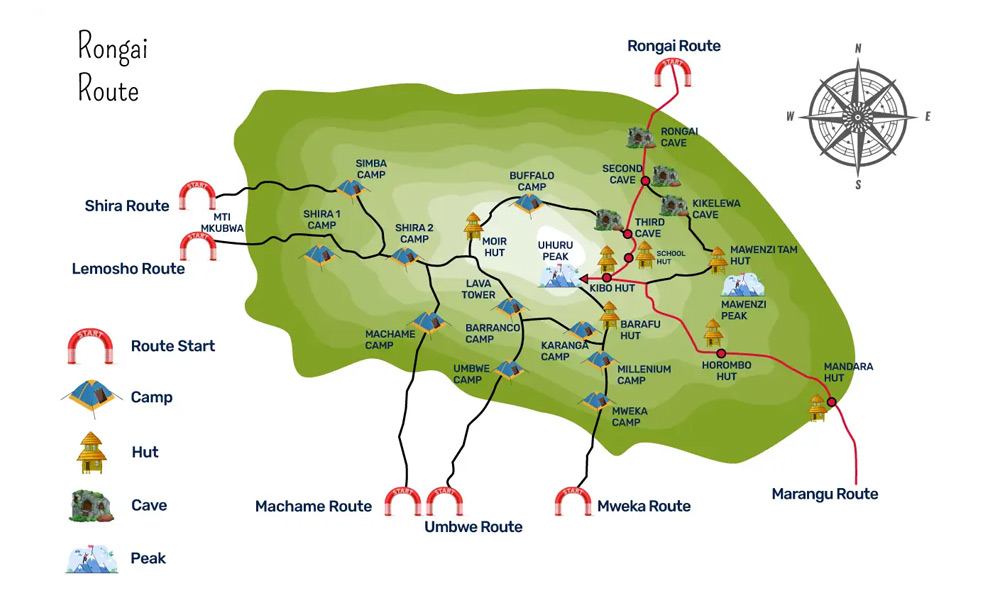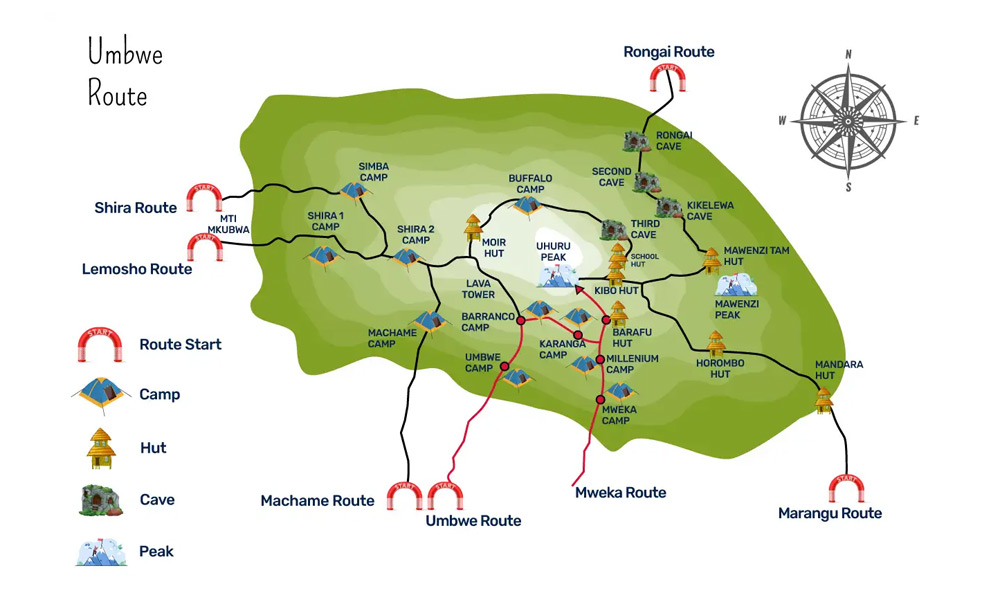
Holidays | Africa | Tanzania | Kilimanjaro | Training to Climb Kilimanjaro
Training To Climb Kilimanjaro
Kilimanjaro, at 19,340 ft., is an extreme, high-altitude climb and is perhaps the most underestimated of the seven summits. You should be comfortable walking four to eight hours per day. Summit day is the most demanding portion of the climb, typically involving eight hours for the ascent and six to seven hours for the descent. Our expeditions require strength and endurance. Being in sound physical condition is the single most important aspect for climbers to maximize their climbing potential. The better your physical condition, the more likely you are to perform well and have an enjoyable experience. The most frequent comment we have received over the years is that climbers have underestimated the fitness level needed to fully enjoy their trip. Additionally, inadequate fitness will affect the atmosphere, pace, and overall enjoyment of the climb for all participants. We highly recommend checking with your physician before undertaking any strenuous activity.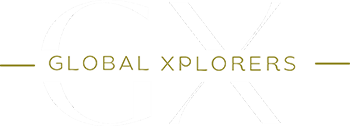
Understanding Fitness Expectation
Mountain climbing is a very sport-specific activity and having the proper fitness is fundamental. While there are many different approaches to training, we highly recommend Sport Specific training, which means hiking uphill (or on gym apparatus) as your primary training with a pack. Most climbers train 4-6 days a week. Much of the development and progress can take place during the weekly training sessions, which are usually shorter in time than longer weekend hikes. Your “test” as to fitness is the ability to travel at a pace of 1000 vertical feet per hour with the required pack weight (and the expectation for most is to build to this point over time). Please review the below training pages as well as the resources for literature and personal trainers.

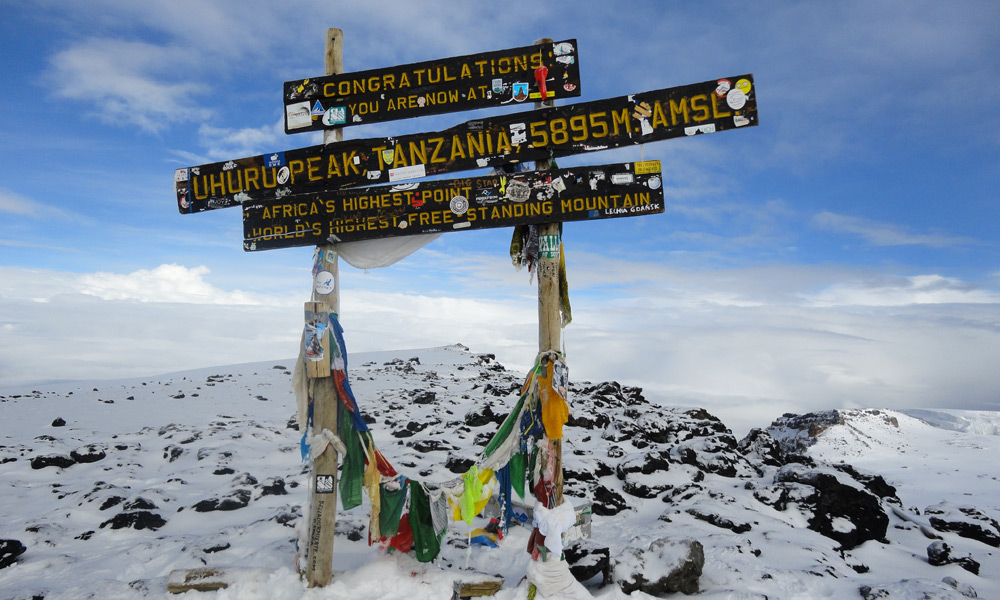
Getting in Shape for Climbing
Training for mountaineering focuses on building a sport-specific fitness developing cardiovascular endurance training, flexibility, and strength training. The training information here will help you arrive prepared for the mountain. Most people will need to train for a Kilimanjaro climb for at least 4-6 months. Please review all training tabs to get a full sense of what type of condition you need to be in for this climb. For those who have not specifically trained for mountaineering in the past, we recommend utilizing numerous resources to build your training plan.
Preparation for Kilimanjaro Climbs
Climbing Kilimanjaro is a serious undertaking. Just because you exercise regularly (four to six times per week) does not mean you have the conditioning needed to reach the summit of Kilimanjaro (19,340 ft.). Plenty of people who have the endurance to run a marathon fail to summit high-altitude peaks. Pure cardiovascular fitness is simply not enough. You need to be able to ascend several thousand feet of elevation on successive days carrying a day pack (15–25 lbs. / 7kg -11kg) on your back.
Prioritize your training efforts in the following way, assuming that you are in good health and injury-free:
-
Climbing Kilimanjaro conditioning - pack-loaded uphill hiking, walking, and stair-climbing
-
Strength training - for the lower body and core
-
Cardiovascular training - including both aerobic and anaerobic workouts, without pack weight
-
Flexibility training
Most people will need to train specifically for climbing Kilimanjaro for at least three to four months. During your training, you will need to progressively ramp up your hike time, distance, and elevation gain (at roughly 10% per week) to safely and effectively build your trekking-specific conditioning. Trying to rush this will increase the risk of experiencing some sort of training injury and not being ready for your trip. Below are more details of how to incorporate these four priorities into your program.
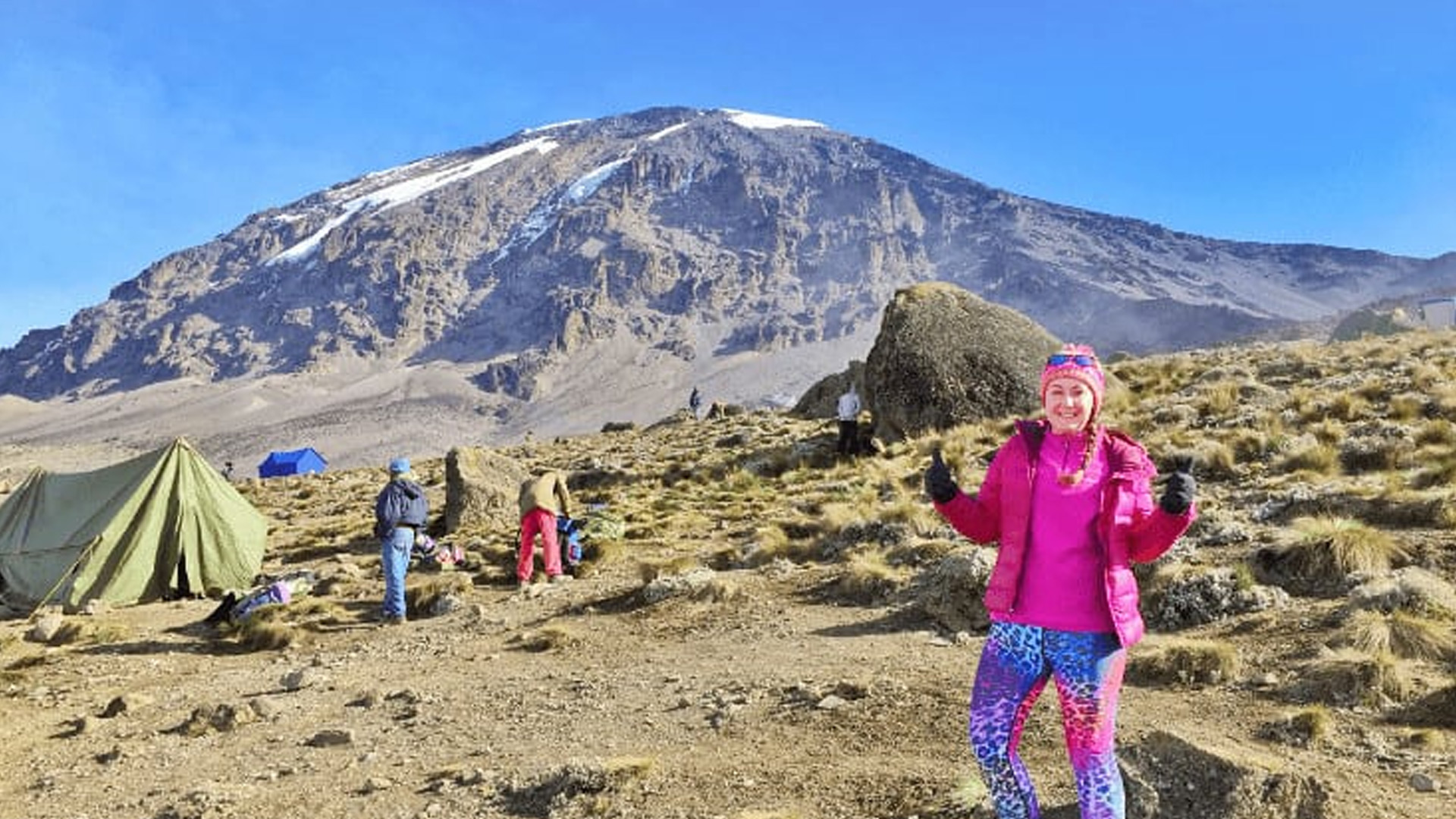
Monday
- Strength Training
- Full body, 12–15 reps per set, 1 hour
- Cardio Training
- 30 minu. no pack, recovery level (<65% Max HR)
- Flexibility Training
- 10–15 minutes at the end
Tuesday
- Climbing Training
- Hills, stairs, or high-incline treadmill, 35–40 min, 20-lb. pack (short bursts >85% Max HR)
- Strength Training
- Full body, 12–15 reps per set, 1 hour
- Flexibility Training
- 10–15 min. at the end
Wednesday
Cardio Training
75 min. no pack, distance level (65-75% Max HR)
Flexibility Training
10–15 min. at the end
Thursday
- Strength Training
- Full body, 8–10 reps per set, 1 hour
- Cardio Training
- 45 min. no pack, tempo level (75-85% Max HR)
- Flexibility Training
- 10–15 minutes at the end
Friday
Saturday
- Climbing Training
- Hike 6-8 miles, 20-lb. pack, gain 3,000 ft.
- Flexibility Training
- As needed to prevent stiffness
Sunday
- Climbing Training
- Hike 8–10 miles, 15-lb. pack, gain 3,500 ft.
- Flexibility Training
- As needed to prevent stiffness
FAQ's - CLIMBING KILMANJARO
The shortest route Umbwe runs as standard is 6 days. It is possible to climb over 5 days but the shorter climbs have a much lower success rate. Remember it is a long way to travel and a lot of money to spend to not reach the summit. We recommend that you take at least 7 days to give yourself a really good chance of reaching the summit safely.
Altitude sickness (often just called AMS) is caused by climbing to altitudes where the air pressure is much reduced. By the time you have reached the summit of Kilimanjaro air pressure is down to 49% of what it is at sea level. The first effect of this is that every lungful of air contains only half the amount of oxygen it would normally have. This makes any physical exertion very hard. Slowly, slowly is the key. The second and most dangerous effects of low pressures are on the parts of the body where fluid and air meet. The two most important are in the skull and lungs. With low air pressure, fluid gets into the lungs and the gap between the brain and the skull. In the lungs this causes something like pneumonia, where your lungs fill with water. In the brain it causes bad headaches. Both of these can become so bad, they will kill you. The good news is that we plan our ascents very carefully to minimise the risk of you getting AMS and we have well tested emergency plans on how to prevent altitude sickness.
Private climbs to climb Kilimanjaro are your own personal tailor-made adventure. They give you total flexibility and the highest chance of success. Just choose your date, route and any of our tailor-made options. Perfect for a group of friends or a charity group. Or perhaps for a couple looking to celebrate a special birthday or anniversary. Upgrades to private climbs start from £100 per person depending on the size of the group.
If you want the company of others while you climb Kilimanjaro then an open group is perfect for you. Our group climbs run every week during the main climbing season from June – October and December – March. They are limited to a maximum of 12 climbers to make sure you get the best chance of summit success. Particularly popular are our open group full moon climbs which run every month.
Kilimanjaro has its own international airport (JRO) which is about an hour’s drive from the mountain itself. For flights to JRO there are an increasing number of good options. There are currently no direct flights available from countries other than the Netherlands, the Middle East and Turkey. From Europe the best options are with KLM via Amsterdam or Turkish Airlines via Istanbul.
One of the most publicized celebrity climbs of Kilimanjaro came in 2009 when a team of 9 celebrities attempted to conquer the roof of Africa for Comic Relief. The celebrities climbing were Alesha Dixon, Gary Barlow, Ben Shepard, Denise Van Outen, Cheryl Cole, Chris Moyles, Fearne Cotton, Kimberley Walsh and Ronan Keating. They took the 8 day Lemosho route and, amazingly, every single one of them summited! However, it was reported that nearly every climber suffered some form of altitude sickness along the way. The aim of the climb was to raise awareness and money for Malaria which is a huge killer in Tanzania. The team raised just shy of a million pounds.
Other Mount Kilimanjaro routes
-
Machame Route Kilimanjaro

6 nights / 7 days Climb

- Trek Grading: 5 (Moderate)
- Ages: 10+
- Activity Type : Trek
-
Lemosho Route Kilimanjaro

6 nights / 7 days Climb

- Trek Grading: 5 (Moderate)
- Ages: 10+
- Activity Type : Trek
-
Marangu Route Kilimanjaro

6 nights / 7 days Climb

- Trek Grading: 5 (Moderate)
- Ages: 10+
- Activity Type : Trek
-
Rongai Route Kilimanjaro

6 nights / 7 days Climb

- Trek Grading: 5 (Moderate)
- Ages: 10+
- Activity Type : Trek
-
Northern Circuit Route Kilimanjaro

7 nights / 8 Days

- Trek Grading: 5 (Moderate)
- Ages: 10+
- Activity Type : Trek

